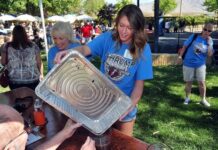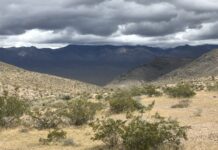Pahrump — from gold mining days to the modern era
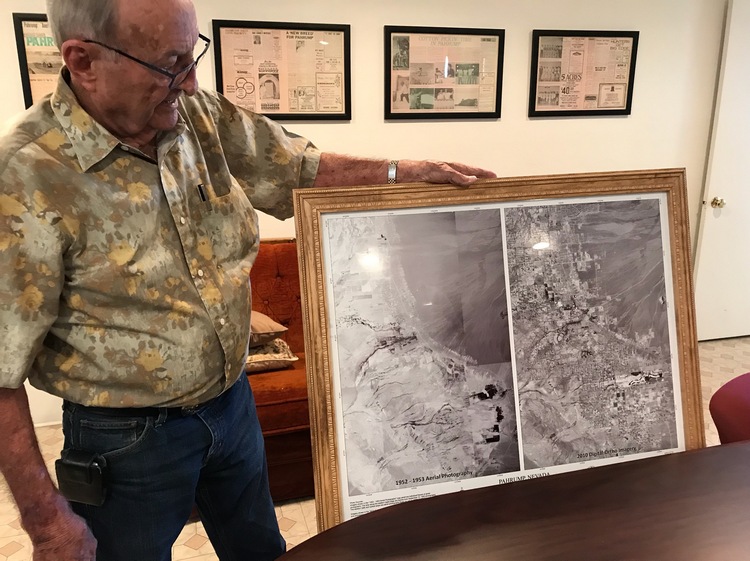
Gold was the biggest mover of people out West. People came by the millions looking to start a new life. Pahrump, Nevada was one of those towns. But when the gold ran out what was left?
Gold brought prospectors to the Johnnie Mining District at the turn of the century, and when that died down in the 1930s, that left ranching and agriculture — which kept the people coming into Pahrump through the 1960s and ’70s.

Although agriculture is what brought the people here, what would keep them here? And what would bring more people out to places like Pahrump? Oddly enough, the ranchers didn’t give a second thought about moving to a place without power or phones. Pahrump was like that too, prior to 1963.
Nowadays, electrical power is often overlooked, for we often see it as a no-brainer. We turn on a stove or watch TV, and it is just “there.” It is often forgotten that electric power has not always been here in Pahrump like it is now. Where most major cities in the United States had power at the turn of the century, most of rural America was an exception.
The ranches had no power
Rick Johnson, a Valley Electric Association board member, recalls working at his family’s motel in Beatty, 70 miles north of Pahrump, before VEA power came to his town in 1965. Rick had come from Washington state, where power was plentiful, so moving to Beatty took a little time to get used to.
“I remember when we depended on electricity from two diesel generators in the center of town,” he said. “They would go down often, and I had to hand out the candles to guests at the motel.”
That was like the ranches in Pahrump Valley.
Tim Hafen was one of those original ranchers. At its peak, he said, his ranch was 840 acres. He moved here in 1951 at 19 to make his fortune. Tim was here before Highway 160 came here from Las Vegas. To get to Pahrump from Las Vegas one had to go north on Highway 95 and then travel on a gravel road from the highway into the north end of Pahrump.
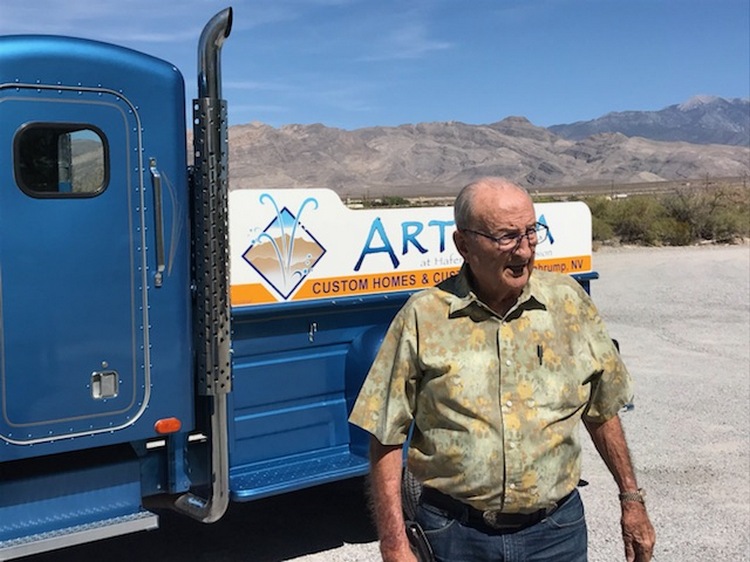
“There was no roads but gravel ones,” he said. “It was 110 miles to Las Vegas, and it was considered a two-tire trip because the tires would blow out. From my field I could see anyone entering the valley from that end because of the dust plume.”
He said living out in Pahrump Valley was pretty primitive with no power or phones, but there was plenty of water.
“The water would come right from artesian wells that came up from the ground,” he said. “The two biggest ones in the valley were Manse Springs and the one on the Pahrump Ranch, which is now a Arco gas station.”
It was truly like living in the late 1800s, with lanterns and generators and cooking on wood stoves. There were no air-conditioning units, and refrigerators ran off of propane tanks. Imagine living in 110 degree summer heat with no AC.
The people back then went to bed when it was dark and got up when it became light. Living was so rough back in the day. How rough was it? Tim was able to get a hamburger and milkshake prior to moving to Pahrump, but once there he couldn’t even get that. There was no refrigeration and no restaurants when he got to the town, not even a McDonald’s.
“But of all the new things that have come since then, I would have to say the biggest thing was the paved highway from Mountain Springs to Pahrump, which was called Highway 16 before they called it Highway 160, and that was around 1954,” Tim said.
Cotton was king for a long time
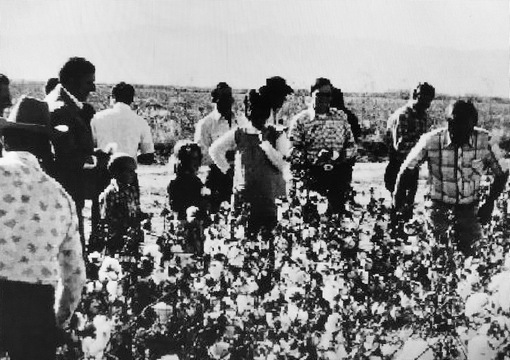
It was Leon Hughes who came to Pahrump in 1946 and grew cotton where his father had failed. Then there was Walt Williams, who purchased the Pahrump Ranch and started growing 1,000 acres of cotton by 1959. Tim Hafen, Bob Ruud, Ten Blosser, and the Bowman family were all growing cotton, too. Cotton became king, and was grown in Pahrump until 1982.
Terri Bowditch-Hee grew up in Beatty, and her father had moved to Pahrump in the ’70s, and she would often visit him.
“As a child, I would drive down the old dirt roads in the back of a pickup truck at the time, and the cotton would blow like snow across the roads,” she said. “That was so neat, just to see the cotton blowing all around us.”
Currently, the Pahrump Nugget Hotel and Casino sits where the first and only cotton gin was constructed in the entire state of Nevada. When the cotton went away, one of the biggest deals was in 1970 when Walt Williams sold the Pahrump Ranch for $3.5 million. Then the real estate boom hit Pahrump. The end of cotton came, and it ushered in the real estate boom, which ended in 2008.
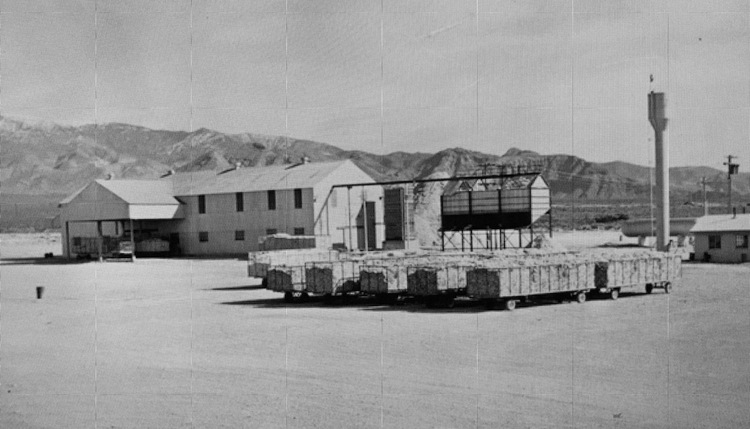
Tim said cotton came to an end when it became too costly to grow. The driving force was the rising cost of fuel. The new era centered around real estate and the building of homes. With new people came all the modern stores, like Walmart, Home Depot and a slew of convenience and drug stores.
Why the power was so slow in in coming
In 1965, phone service came to Pahrump, and then Valley Electric Association came in 1965, too.
“We actually had power in 1963, through the Amargosa co-op, which later merged in 1965 and became Valley Electric Association,” Tim said.
The Valley had to form its own cooperative to bring electricity to the area because Nevada Power, which would later become NV Energy, would not service Pahrump. No power company wanted to foot the bill for building the long power lines. The new cooperative was arguably thirty years late in coming, for most cooperatives in rural areas came into being during the 1930s.
VEA serviced all the areas in southwestern Nevada that Nevada Power would not serve. It also had to foot the bill and did. It now services Sandy Valley, Pahrump Valley, Amargosa Valley, Beatty, and Fish Lake Valley. That is a service area of 6,800 square miles and 45,000 people.
Pahrump entered the modern age, but some say it wouldn’t all be possible if it were not for Valley Electric Association bringing in power some 50 years ago.
— Vernon Hee






